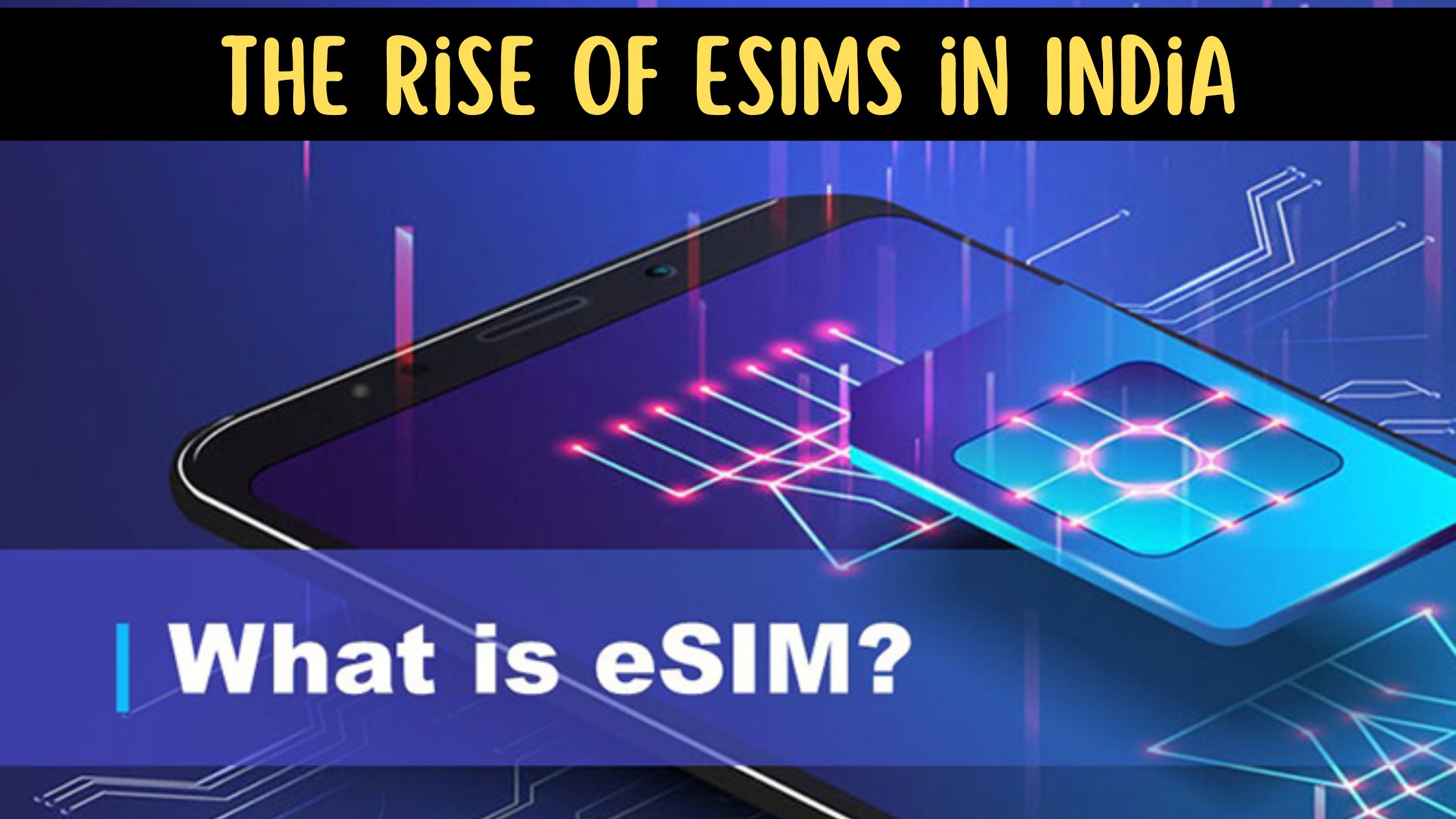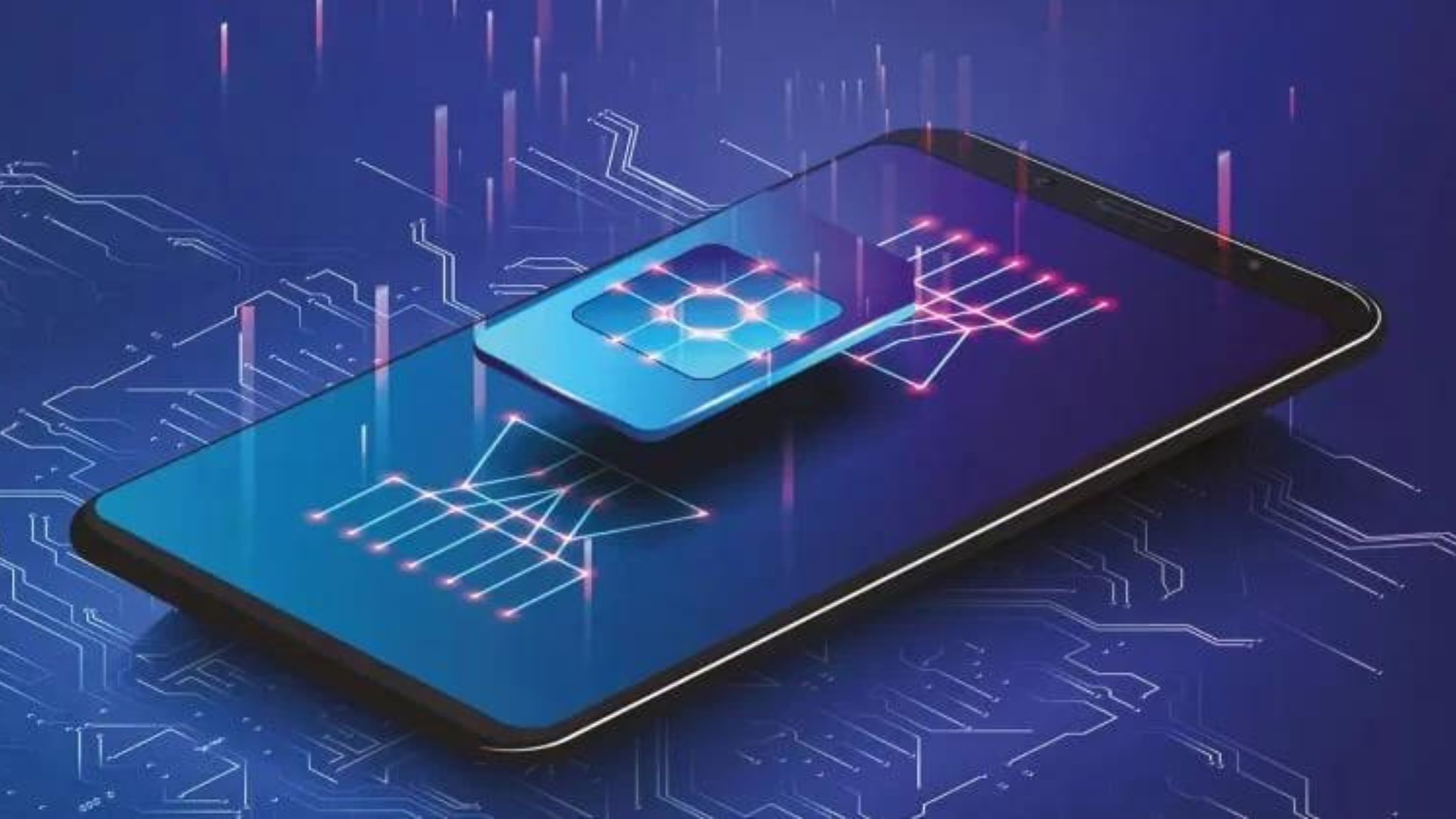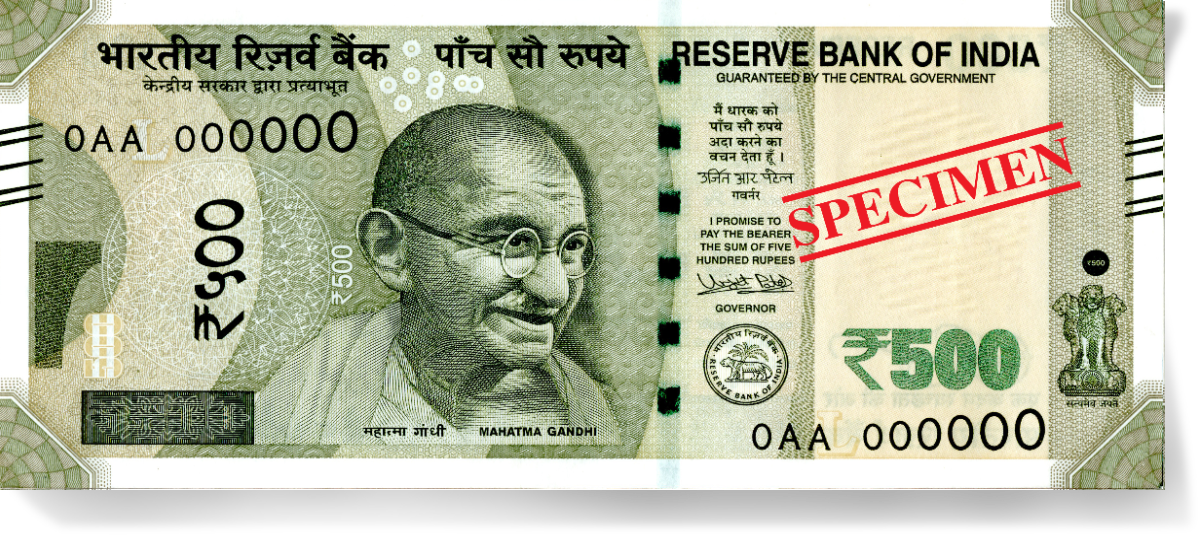The Rise of eSIMs in India: Revolutionizing Connectivity
"Explore the revolutionary impact of eSIM technology in India, as this SEO-friendly blog post delves into its applications beyond mobile phones. From smart cars to electricity meters, healthcare to agriculture, uncover the transformative potential and controversies surrounding eSIMs. Gain insights from a seasoned blogger with 10 years of experience. Discover why eSIMs are poised to redefine connectivity and share your thoughts on their role in shaping our digital future. Stay informed, stay curious. Jai Hind!"
Rise of eSIMs in India
Introduction: Rise of eSIMs in India
BIG BREAKING! In a groundbreaking shift, eSIMs are reshaping the landscape of mobile connectivity in India. Say goodbye to traditional SIM cards, as these invisible wonders are set to revolutionize not just your phone but various aspects of daily life. This blog post, guided by my 10 years of blogging experience, will unravel the mysteries behind eSIM technology, its applications, and the controversies surrounding its implementation.
The Wonders of eSIMs: Rise of eSIMs in India
eSIM, or embedded SIM, represents a paradigm shift in mobile technology. Unlike traditional SIM cards, eSIMs are seamlessly integrated into a device's motherboard. The activation process involves downloading the service provider's app, making the SIM card activation a breeze.
Telecom Triumphs: Rise of eSIMs in India
Telecom companies champion the eSIM revolution, citing benefits such as enhanced security, the ability to track stolen phones, and the convenience of multiple SIMs in a single device. Airtel's CEO, Vithal Ji, predicts a future where stolen phones can be tracked more efficiently, reducing the instances of untraceable theft.
Beyond Phones: Cars and Electricity Meters: Rise of eSIMs in India
The influence of eSIMs extends beyond phones. Explore how MG Hector's car utilizes eSIMs for real-time tracking, remote control features, and emergency alerts. Additionally, dive into the realm of electricity meters, where over 35 lakh units in India leverage eSIMs for smart monitoring, real-time updates, and proactive alerts.
Healthcare and Agriculture: Rise of eSIMs in India
Discover the healthcare sector's innovative use of eSIMs, from life-saving alerts in smartwatches to advanced inpatient room automation in hospitals. The agriculture sector, too, embraces eSIM-embedded IoT devices, transforming traditional farming practices through automation and real-time monitoring.
The Controversy: Rise of eSIMs in India
Amidst the praises for eSIMs, a brewing controversy surfaces. Telecom companies push for mandatory eSIMs in phones exceeding Rs. 10,000, arguing benefits such as cost savings and efficient tracking. However, mobile manufacturers foresee increased production costs, potentially raising phone prices and impacting the majority of users.
Conclusion: Rise of eSIMs in India
As we navigate the evolving landscape of eSIM technology, the question arises: Are eSIMs a boon or a potential burden for consumers? Share your thoughts on whether eSIMs should be compulsory in all phones, considering their revolutionary potential and the current affordability challenges.
Closing Thoughts: Rise of eSIMs in India
The era of eSIMs beckons, promising a connected future beyond our current imagination. Stay tuned for more insights and updates on the transformative journey of technology. Until next time, stay curious and keep learning. Jai Hind!
Frequently Asked Questions (FAQ) about eSIM Technology in India
Q1: What is eSIM?
A1: eSIM, or embedded SIM, is a revolutionary technology replacing traditional physical SIM cards. Integrated into the device's motherboard, it enables electronic activation and provides various benefits beyond conventional SIM cards.
Q2: How does eSIM work?
A2: Users need to request their service provider to convert their physical SIM to eSIM. The service provider sends a QR code, scanned by the device, activating the eSIM. It operates electronically, eliminating the need for a physical SIM card.
Q3: Where can eSIMs be used besides mobile phones?
A3: eSIM technology extends beyond mobile phones. It's utilized in smart cars for safety features, healthcare for real-time patient monitoring, and electricity meters for efficient energy consumption tracking.
Q4: What advantages do eSIMs offer in smart cars?
A4: Smart cars with eSIMs can provide real-time updates on the vehicle's health, location tracking, and remote control features. In case of an accident, eSIMs can send alerts to emergency services and selected contacts.
Q5: How does eSIM benefit the healthcare sector?
A5: Hospitals use eSIM-enabled smartwatches to monitor patients' vital signs in real-time. This data is transmitted to doctors, allowing remote patient monitoring and better healthcare management.
Q6: What role does eSIM play in agriculture?
A6: eSIMs, coupled with IoT devices, enable automated farming practices. Farmers can utilize technology for soil analysis, weather updates, and even operate machinery remotely, improving efficiency.
Q7: Why are there controversies surrounding eSIMs in India?
A7: Telecom operators propose making eSIMs mandatory for phones priced over Rs. 10,000, claiming cost savings. However, mobile manufacturers argue that this could increase phone prices and impact affordability for the majority of users.
Q8: Can eSIMs be used in low-cost phones?
A8: Currently, eSIM technology is primarily available in high-end phones due to its associated costs. As technology evolves and becomes more widespread, it may become more affordable for a broader range of devices.
Q9: How does eSIM impact mobile manufacturing costs?
A9: Mobile manufacturers express concerns that implementing eSIMs could increase production costs. Balancing affordability while incorporating new technology remains a challenge in the competitive smartphone market.
Q10: What is the future outlook for eSIM technology in India?
A10: While eSIMs hold significant potential for connectivity and efficiency, widespread adoption may require cost reduction and increased accessibility. The technology's future hinges on addressing these challenges.
Written By: Muktar

























